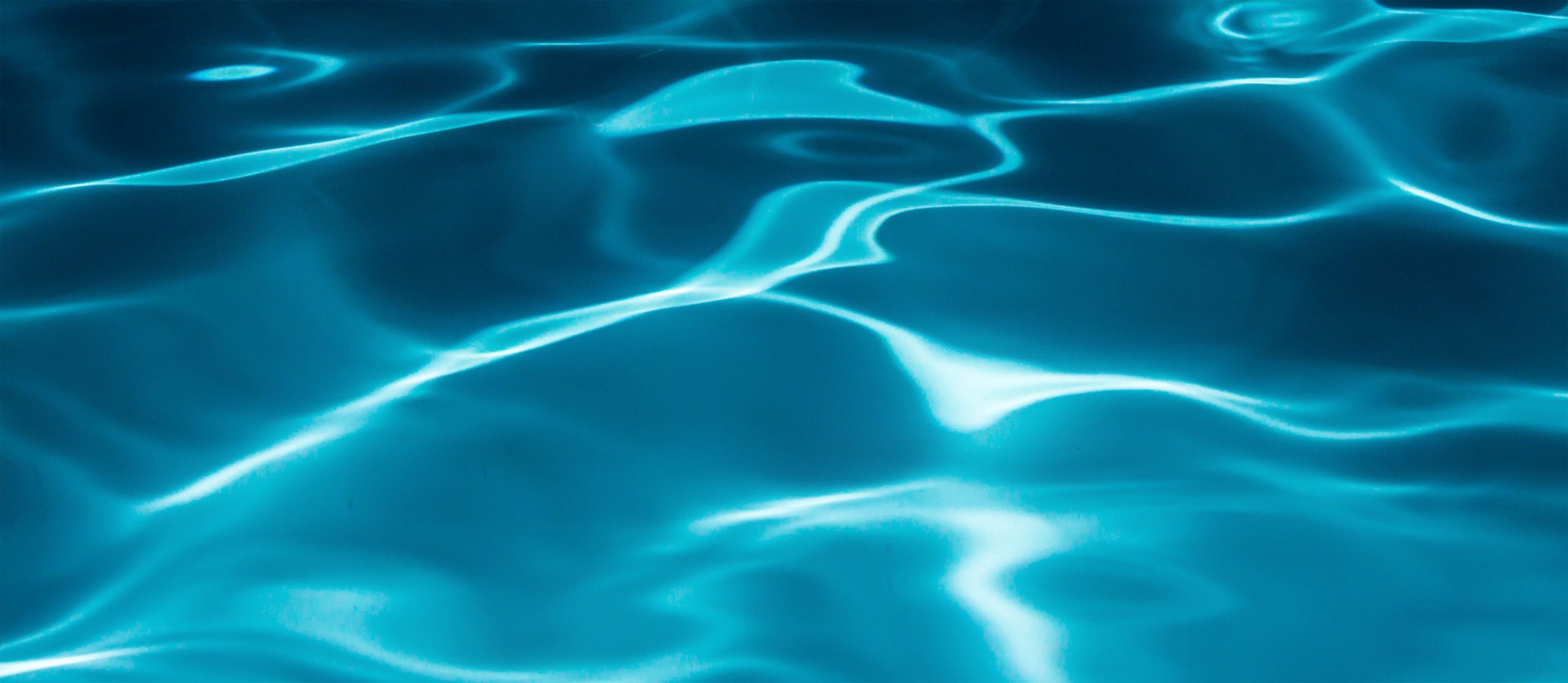How to swim the breaststroke and backstroke
- April 26, 2013
- Pool Industry News and Tips,
Whether you’re a first-time pool owner or just upgraded to a free salt system, it goes without saying that you’ll be spending lots of time this summer relaxing in your pool. While floating on rafts and paddling doggie-style are both valid ways to get from here to there in your pool, it might be fun to learn how to swim the other types of strokes. By learning the techniques of strokes like the breaststroke and backstroke, you can give yourself another way to exercise and spend an otherwise lazy weekend afternoon in Phoenix.
Breaststroke
The breaststroke is one of the most popular types of swimming strokes, and it’s usually the one that new swimmers are taught first. According to Enjoy-Swimming.com, part of what makes this stroke so appealing is the fact that the swimmer’s head can stay above the water, eliminating the need to choreograph breathing. However, as you get more advanced with this stroke, you might find that it’s faster and easier for you to submerge your head.
To practice this stroke, position yourself horizontally near the surface of the water, with your legs at a slight downward angle. Your arms should reach forward and point slightly downward. Now, move your elbows toward your body and position your hands in front of your chest. Push your hands forward quickly until they’re in the same position that they started in. While you do that, your head, neck and upper chest should be out of the water. As fast as possible, bend your knees and bring your feet toward your rear, then quickly extend them. After you do these moves, you should be able to glide for a couple seconds before you repeat them.
Backstroke
If you like floating on your back, you might find the backstroke a bit easier to get the hang of. According to MedicineNet.com, the most important things to remember are to move your arms with equal strength to stay swimming straight and roll your body from side to side so your arms can catch plenty of water to propel you forward.
To practice this stroke, float on your back with your head and eyes toward the sky. Bend your knees slightly and do a flutter kick, which simply means kicking your legs in alternating order. Your feet and ankles should be relaxed so that they feel kind of like flippers. Now, move your arms in an alternating windmill pattern, cupping your hands and bringing them up and past your head. Rotate your cupped hands down as they enter the water behind you and use them to propel yourself through the water.


